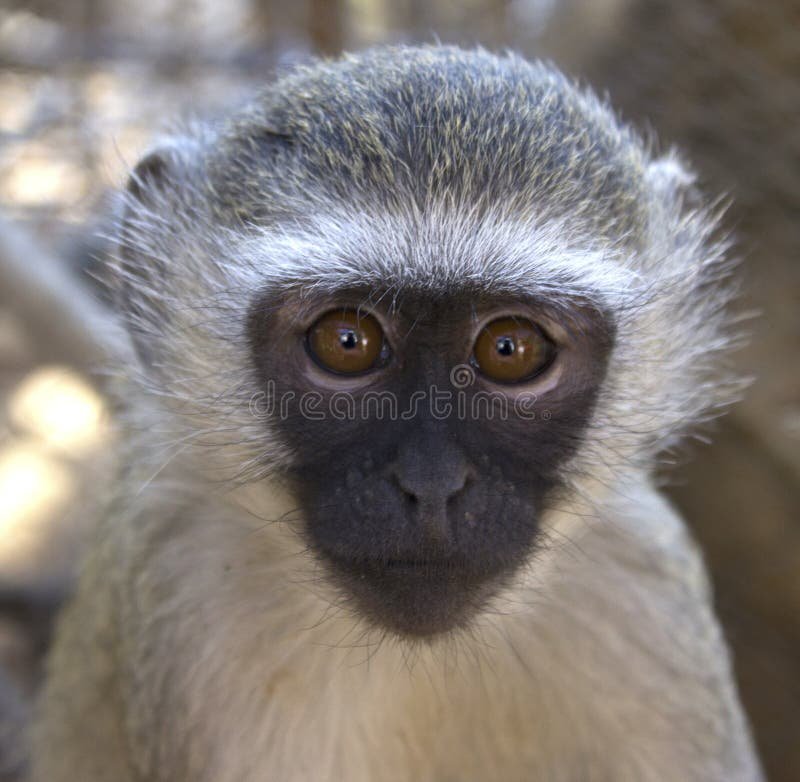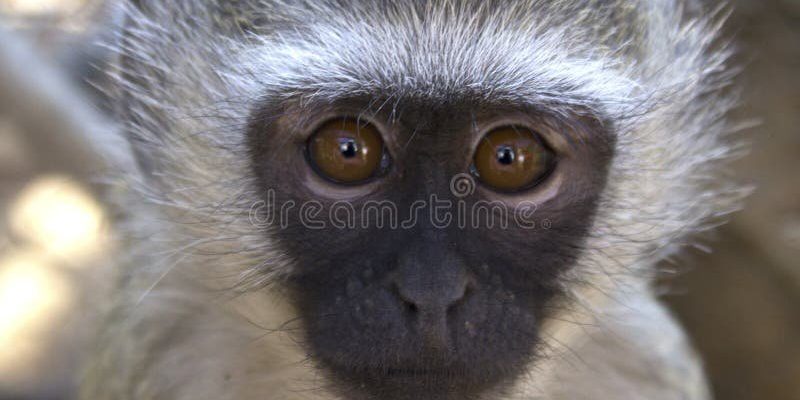
The vervet monkey, scientifically known as *Chlorocebus pygerythrus*, is a small, social primate found primarily in sub-Saharan Africa. You might spot them in family groups, chattering away, and keeping an eye out for predators. But beyond their cute antics, these monkeys have a significant impact on their ecosystem. In this article, let’s dive into what makes vervet monkeys so important and explore their roles in maintaining balance in nature.
Social Structure and Behavior
Vervet monkeys are known for their intricate social structures. Living in groups called troops, these monkeys have a hierarchy that influences their daily lives. Typically, a troop consists of up to 50 individuals, all with established roles and relationships. This social framework is crucial for their survival.
You might be wondering—how does this affect their ecosystem? Well, the social interactions among vervet monkeys enhance their ability to communicate about threats. For example, when a predator approaches, one monkey will emit a specific alarm call, alerting others to seek shelter. This kind of teamwork not only helps the individuals stay safe but also ensures that the troop can thrive as a whole.
Additionally, their social behavior fosters community dynamics. By grooming each other, they reinforce bonds and reduce stress within the troop. This reduces conflict and ensures a stable environment, which is essential for their survival and, ultimately, for the ecosystem that supports them.
Seed Dispersal: Nature’s Gardener
Here’s the thing: vervet monkeys are not just spectators in their environment; they are active participants in its growth. One of their key roles is seed dispersal. As they feast on fruits and leaves, they inadvertently contribute to the health of their habitat.
When vervet monkeys consume fruits, they often move on to new locations before they finish digesting them. This means seeds pass through their digestive system and come out in a different spot—essentially planting them. This process promotes the growth of various plant species and helps maintain the biodiversity of their ecosystem.
Think of them as nature’s gardeners. Their foraging habits allow different tree and plant species to flourish, which is vital for the health of the overall habitat. Without vervet monkeys and other fruit-eating animals, certain plants may struggle to reproduce, leading to a less diverse and resilient ecosystem.
Predator Prey Dynamics
Every ecosystem has a balance, and vervet monkeys play a role in it as prey. They are an essential food source for several predators, including eagles, leopards, and snakes. The presence of vervet monkeys helps regulate predator populations, contributing to the natural order of their environment.
When vervet monkeys thrive, they support the survival of these predators, ensuring that ecosystems remain balanced. However, if the vervet monkey population declines significantly, it can lead to overpopulation of predator species, which might result in increased hunting pressure on other small mammals and birds.
Moreover, vervet monkeys use fascinating strategies to avoid becoming a meal. They have learned to adapt to their predators through vigilance and alarm calls, which can alert not just their troop but also other species in the area. This interconnectedness is a beautiful reminder of how life supports life in the natural world.
Food Web Contributions
Vervet monkeys contribute to the food web in a more direct way, too. By being herbivores, they play a role in controlling plant growth. They munch on leaves, seeds, and fruits, influencing which plants thrive and which don’t. This feeding behavior helps maintain a balance, ensuring that no single plant species dominates the landscape.
This, in turn, supports a variety of other animals and insects. For example, the presence of healthy plants attracts insects, which in turn supports insect-eating birds and other wildlife. When you look at it from this angle, vervet monkeys are key to sustaining not just their population but a whole network of life within their ecosystem.
Additionally, their waste plays an essential role in nutrient cycling. The droppings of vervet monkeys are rich in nutrients that help fertilize the soil, promoting plant growth. It’s nature’s way of ensuring that everything is interconnected and that resources are reused effectively.
Human Interaction and Conservation
Unfortunately, vervet monkeys often find themselves caught in the crossfire of human expansion. As habitats are cleared for agriculture or urban development, their living spaces shrink. This can lead to conflicts between monkeys and humans, especially as vervet monkeys sometimes venture into crops in search of food.
Conservation initiatives play a critical role in protecting vervet monkeys and their habitats. Creating wildlife reserves and promoting sustainable land-use practices can help ensure that these charming primates continue to thrive. Educating communities about the importance of vervet monkeys in their ecosystem is equally important.
You might be surprised to learn that when people understand and appreciate the roles vervet monkeys play, they are more likely to support conservation efforts. After all, preserving these monkeys helps maintain the delicate balance of their habitat, benefiting countless other species along the way.
The Bottom Line: Why Vervet Monkeys Matter
So, why should you care about vervet monkeys? These small primates are not just cute, social animals; they are essential players in their ecosystems. They promote biodiversity through seed dispersal, maintain predator-prey dynamics, and contribute to the food web.
In a world where ecosystems face increasing threats from human activities, understanding the role of vervet monkeys becomes even more critical. Protecting them means not only preserving their species but also ensuring a healthy and balanced environment for all life forms that share their habitat.
As you sip your coffee, consider this: every time you hear about wildlife conservation, remember the vervet monkey and the vibrant role it plays in its ecosystem. They remind us of the interconnectedness of life and the importance of protecting our natural world.

